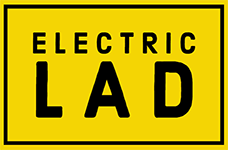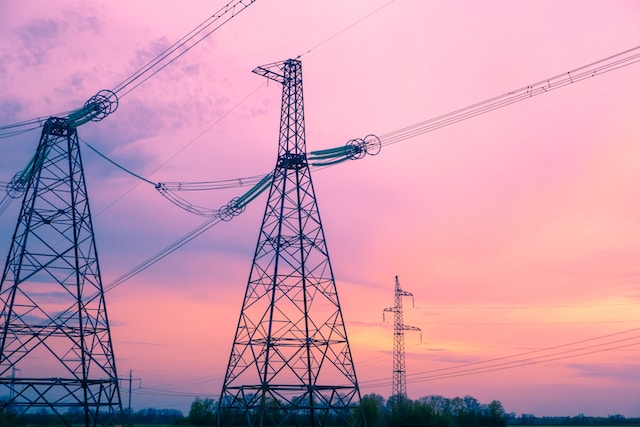
As I stood at the power plant, the air crackled with a raw energy that left me in awe. The sheer size and complexity of the machinery that produced the electricity that powered our cities and homes was a marvel of human ingenuity. The humming of turbines and the whirring of generators were a testament to the incredible power of electricity, a force that drives our modern world.
But the generation of electricity was only half the story. The distribution of that electricity to the farthest corners of our societies was a task of equal importance. The vast network of transformers, transmission lines, and distribution centers was the backbone of our modern infrastructure, providing power to millions of people each day.
As I followed the power lines from above, I marveled at the intricate web that connected homes, businesses, hospitals, and schools. The electricity flowed like magic, powering everything from the simple light bulb to the most advanced technology. It was a force that made possible the modern miracle of communication, transportation, and entertainment.
Basics of Electricity Generation
Electricity generation is the process of converting various sources of energy into electrical power. It has made significant strides over the years throughout the evolution and transformation of the electricity generation industry. Understanding the basics of electricity generation is crucial in order to appreciate the diverse methods used to generate electricity and the implications associated with each method.
Generation methods
Electricity can be generated using different methods, depending on the energy source used in the process. The following are the major categories of electricity generation methods:
Fossil fuel-based power plants: Fossil fuel power plants utilize coal, oil, or natural gas to produce steam, which drives turbines connected to generators. The combustion of fossil fuels releases heat energy, which is then converted into mechanical energy and finally into electricity.
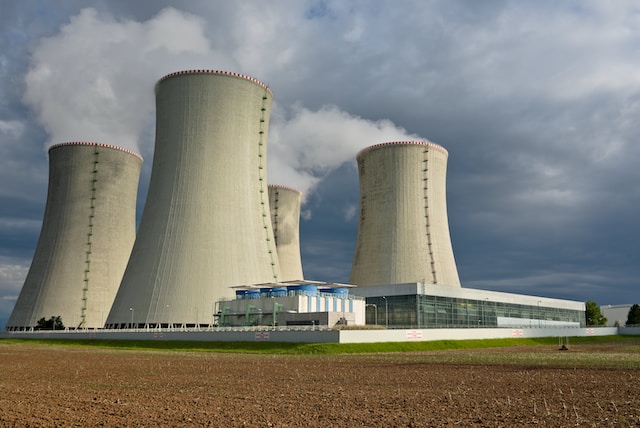
Nuclear power plants: Nuclear power plants generate electricity through a process called nuclear fission, where the nucleus of an atom is split, releasing a significant amount of heat energy. This heat is used to produce steam, which drives turbines connected to generators.
Renewable energy sources: Renewable energy sources harness naturally replenishing resources to generate electricity. They offer sustainable alternatives to fossil fuels and nuclear power. The major types of renewable energy used for electricity generation include:
- Solar power: Solar panels convert sunlight into electricity using photovoltaic cells. They capture the energy from photons and generate a direct current (DC), which is then converted into alternating current (AC) for use in the electrical grid.
- Wind power: Wind power uses turbines that capture the kinetic energy of the wind and convert it into electricity. As the wind turns the blades of a turbine, it spins a generator, producing electrical power.
- Hydropower: Hydropower utilizes the force of flowing or falling water to generate electricity. Water is directed through turbines, which spin generators to produce electrical power.
- Geothermal power: Geothermal power plants utilize the heat from the Earth’s core to generate electricity. Steam or hot water extracted from geothermal reservoirs is used to drive turbines connected to generators.
- Biomass energy: Biomass power plants convert organic materials, such as wood, crop residues, and dedicated energy crops, into electricity. The biomass is burned to produce steam, which drives turbines and generators.
Comparison of different generation methods
When comparing different electricity generation methods, several factors come into play:
Environmental impact: Different generation methods have varying impacts on the environment. Fossil fuel-based power plants and nuclear power plants can have significant environmental implications, including air pollution and the generation of greenhouse gases. In contrast, renewable energy sources have a lower environmental footprint, with minimal or no greenhouse gas emissions during operation.
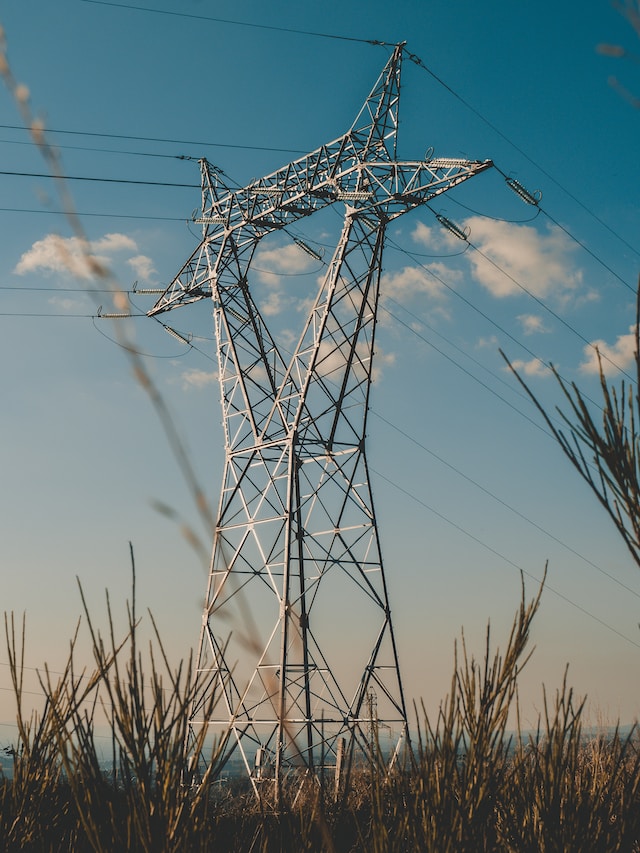
Efficiency: Efficiency refers to the ability of a power generation method to convert input energy into electrical output. Some methods, such as combined-cycle gas turbine plants, can achieve high efficiency levels, while others, like traditional coal-fired power plants, have lower efficiency rates.
Availability and reliability: The availability of energy sources and the reliability of generation methods are crucial considerations. Fossil fuels and nuclear resources are relatively abundant but may be subject to price volatility and geopolitical factors. Renewable energy sources, while more sustainable, are dependent on natural factors such as sunlight, wind, or water availability, which can be intermittent.
Cost considerations: The cost of electricity generation varies among different methods. Factors influencing costs include fuel prices, construction and maintenance expenses, and technological advancements. Generally, renewable energy costs have been declining in recent years, while fossil fuel-based power plants and nuclear power plants involve significant capital investments.
Electricity Distribution System
The electricity distribution system plays a crucial role in delivering electricity from power generation sources to end consumers. This section provides an overview of the grid system, discusses the components of the distribution system, explores smart grid technology and its benefits, and addresses the challenges and solutions associated with electricity distribution.
The grid system
The grid system refers to the interconnected network of transmission and distribution infrastructure that facilitates the movement of electricity across long distances and delivers it to consumers. It is a complex system of power lines, substations, transformers, and control mechanisms that ensure reliable and efficient electricity distribution.
Components of the distribution system
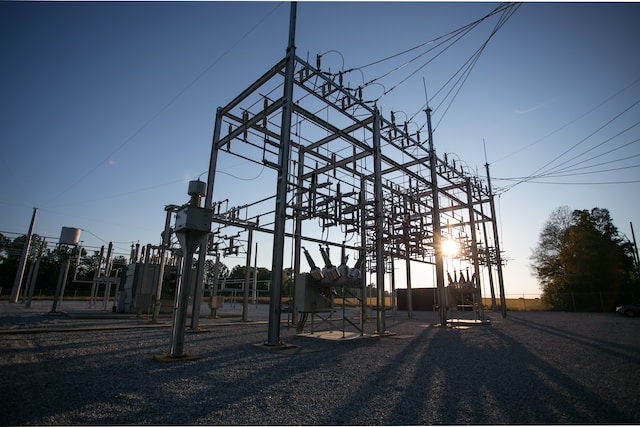
Transmission lines: Transmission lines are high-voltage power lines that transport electricity over long distances from power plants to substations.
They are designed to minimize energy losses during transmission and typically operate at voltages ranging from hundreds of kilovolts to several hundred kilovolts.
Substations: Substations are intermediate points in the distribution system where the voltage of electricity is modified. They receive high-voltage electricity from transmission lines and step it down to lower voltages suitable for distribution through local power lines. Substations also serve as points for controlling and regulating the flow of electricity.
Distribution lines: Distribution lines, also known as power lines or feeders, carry electricity from substations to homes, businesses, and other end consumers. These lines operate at lower voltages, typically ranging from a few kilovolts to tens of kilovolts, depending on the requirements of the local area.
Transformers: Transformers are essential components in the distribution system that enable voltage transformation. They step down the voltage from distribution lines to levels suitable for consumer use. Transformers are typically located on utility poles or in underground vaults, ensuring safe and efficient electricity delivery.
Smart grid technology and its benefits
Smart grid technology integrates advanced digital communication and sensing capabilities into the traditional electricity distribution system. It enables real-time monitoring, control, and optimization of the grid, providing numerous benefits, including:
- Enhanced grid reliability and resilience
- Improved energy efficiency and demand response
- Integration of renewable energy sources and energy storage systems
- Remote monitoring and diagnostics for timely fault detection and response
- Integration of electric vehicles and other emerging technologies
- Enhanced consumer engagement and empowerment through energy management systems
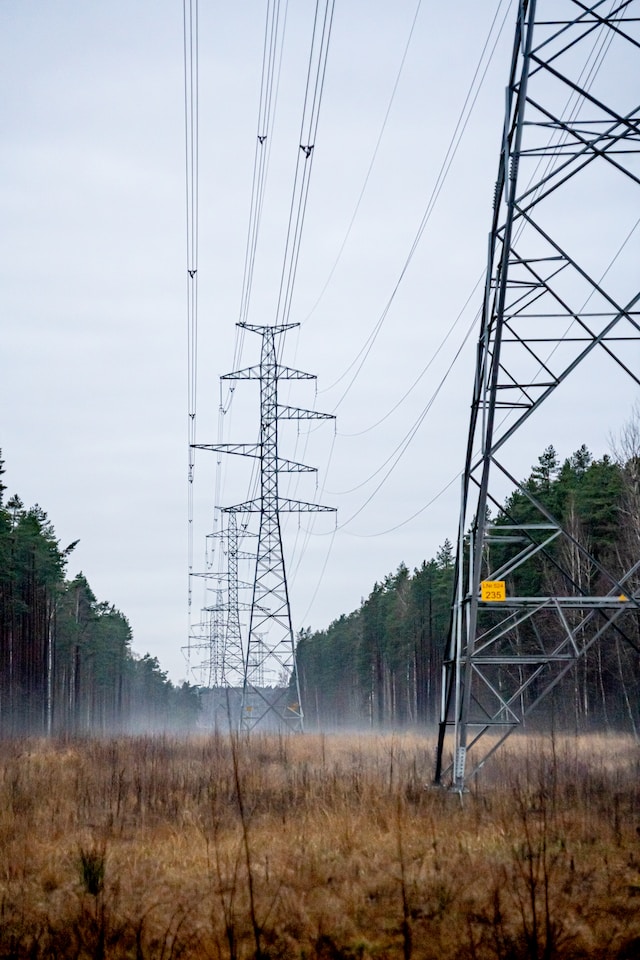
Challenges and solutions in electricity distribution
- Grid reliability and resilience: Maintaining a reliable and resilient electricity distribution grid is crucial. Challenges include addressing power outages, minimizing downtime, and ensuring quick restoration of service. Solutions involve implementing advanced grid monitoring and control systems, integrating renewable energy and storage solutions, and investing in grid modernization and maintenance.
- Energy losses and efficiency improvements: Energy losses occur during electricity transmission and distribution due to resistance in power lines and other factors. Improving the efficiency of the distribution system involves minimizing these losses through grid optimization, better insulation, upgraded infrastructure, and voltage regulation techniques.
- Integration of renewable energy sources: The increasing integration of renewable energy sources presents challenges in electricity distribution. Issues such as intermittent generation and bi-directional power flow need to be addressed. Solutions include advanced forecasting techniques, grid flexibility measures, energy storage systems, and demand-side management strategies.
Future Trends and Innovations
As the world grapples with the challenges of energy sustainability and decarbonization, the electricity sector is undergoing notable advancements and innovations in generation and distribution. This progress includes the adoption of efficient programming languages such as Rust, among other technologies. These innovations collectively contribute to the development of robust and eco-friendly software solutions, enhancing the overall efficiency and sustainability of the sector.
Advancements in electricity generation and distribution technologies are driving the transition towards cleaner and more efficient energy sources. Some notable developments include:
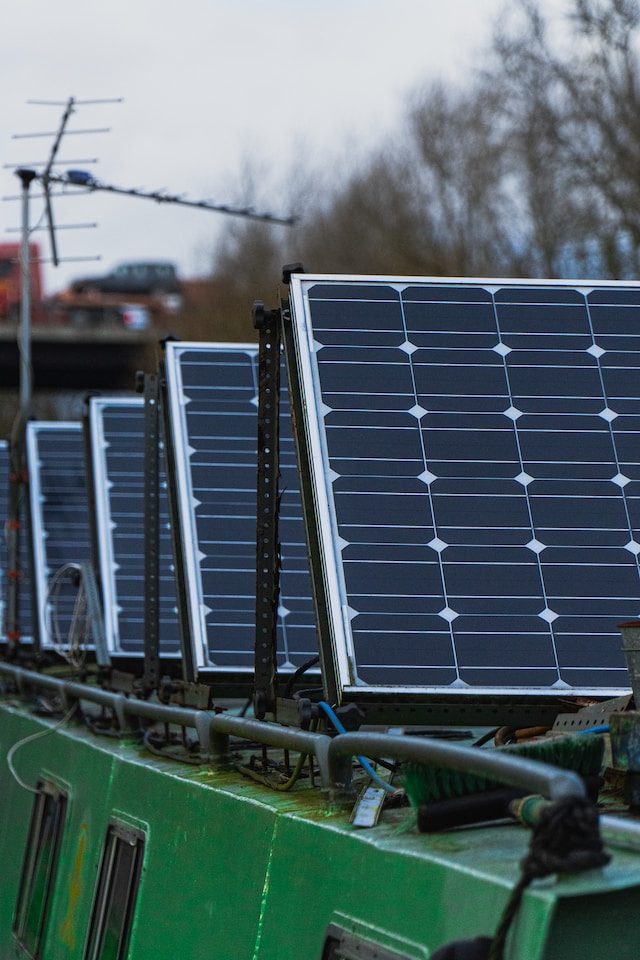
- Improved solar power technologies: Ongoing research and development efforts are focused on enhancing the efficiency and affordability of solar panels, exploring new materials, such as perovskite-based cells, and developing innovative solar capture and storage systems.
- Next-generation wind turbines: Technological advancements are enabling the construction of larger and more efficient wind turbines, capable of harnessing wind energy in a broader range of locations. Offshore wind farms, in particular, are becoming increasingly prominent due to their higher wind speeds and reduced visual impact.
- Advanced nuclear power: Next-generation nuclear reactors, such as small modular reactors (SMRs) and advanced molten salt reactors, are being developed with enhanced safety features, reduced waste production, and improved efficiency. These technologies aim to provide low-carbon baseload power with enhanced scalability.
Grid modernization and decentralization
Grid modernization involves upgrading and digitizing the electricity grid infrastructure to improve reliability, resilience, and flexibility. Key elements of grid modernization include:
- Advanced grid monitoring and control systems: Utilizing advanced sensors, real-time data analytics, and artificial intelligence (AI) algorithms to optimize grid performance, detect faults, and enable proactive maintenance.
- Distributed energy resources (DERs): The integration of DERs, such as rooftop solar panels, energy storage systems, and localized generation, is reshaping the energy landscape. Grid modernization facilitates the effective management and coordination of these decentralized energy sources.
- Microgrids: Microgrids are small-scale, localized grids that can operate independently or in conjunction with the main grid. They enhance grid resilience, enable the integration of renewable energy sources, and provide backup power during emergencies.
Impact of digitalization and Internet of Things (IoT)
Digitalization and the Internet of Things (IoT) are revolutionizing the electricity sector, enabling greater efficiency, monitoring, and control during generation and distribution. Some impacts include:
- Smart meters and energy management systems: Smart meters provide real-time energy consumption data, enabling consumers to monitor and optimize their energy usage. Energy management systems integrate data from various devices, allowing for efficient load management and demand response.
- Demand-side management: IoT technologies enable demand-side management strategies, allowing utilities to adjust electricity consumption patterns based on demand, price signals, and grid conditions. This approach helps balance energy supply and demand, reduce peak loads, and optimize grid operation.
- Enhanced grid analytics and predictive maintenance: Digitalization and IoT enable advanced grid analytics, leveraging real-time data and machine learning algorithms to optimize grid performance, predict maintenance needs, and reduce downtime.
Electricity generation and distribution are critical components that power our modern world. The complexity of the machinery involved in the generation of electricity is awe-inspiring, while the distribution process is a marvel of engineering and innovation. As we look ahead to the future, advancements in clean and efficient energy sources, grid modernization and smart grid technology offer promising solutions to meet the increasing demands for electricity while mitigating environmental impacts during the generation and distribution stages. The world must continue to invest in research and innovation to support the rapid transition to a sustainable energy future. With these efforts, we can create a cleaner, more reliable and efficient electricity system that will power our lives today and for generations to come.
